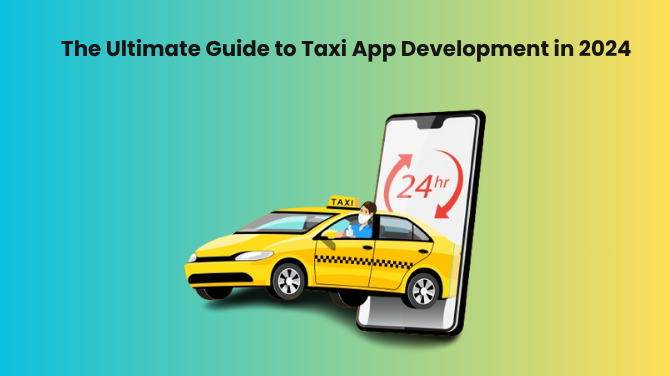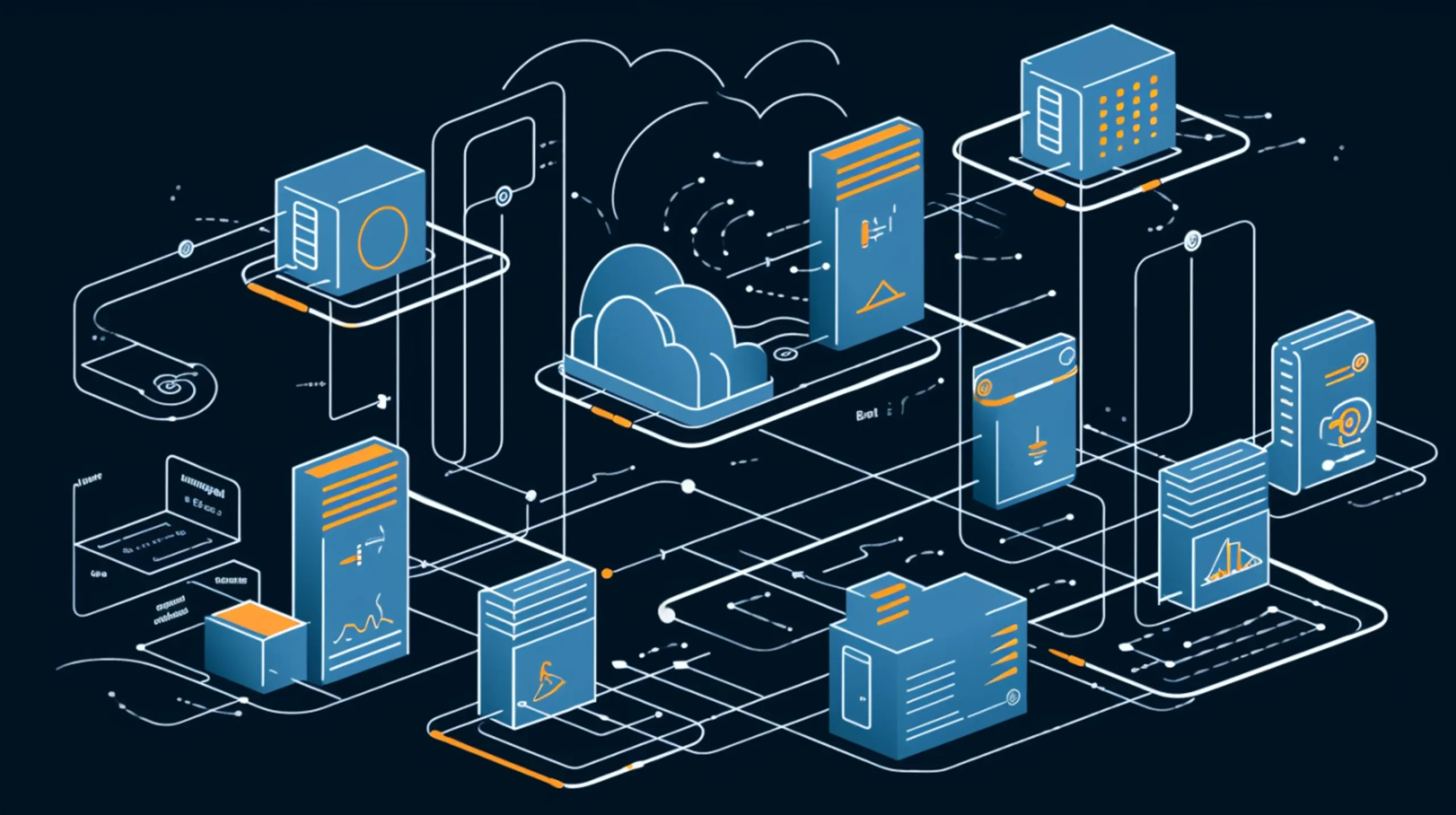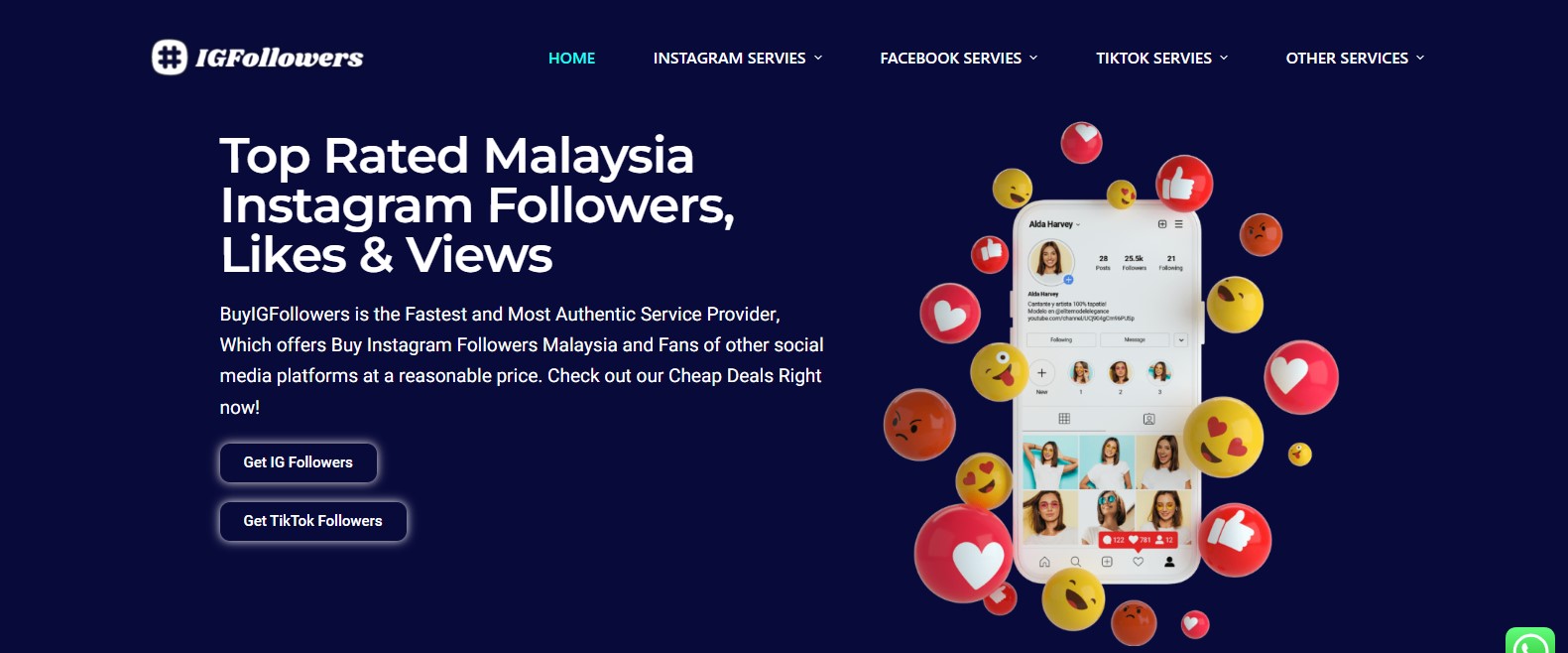In the realm of modern education, the integration of visuals and graphics has become paramount in creating engaging and effective educational content. Visual elements play a crucial role in enhancing comprehension, retention, and overall engagement among learners. When it comes to educational video editing, the strategic use of visuals and graphics can significantly impact the learning experience. This article explores the importance of visuals and graphics in educational video editing, highlighting their role in promoting understanding, retention, and engagement.
1. Enhancing Comprehension
Visuals and graphics are powerful tools for enhancing comprehension and understanding of complex concepts. Educational videos often tackle abstract or challenging topics that may be difficult to grasp through text alone. By incorporating visuals such as diagrams, charts, graphs, and illustrations, educators can visually represent concepts, processes, and relationships, making them more accessible and easier to comprehend for learners of all levels.
2. Catering to Different Learning Styles
One of the key benefits of using visuals and graphics in educational video editing is catering to different learning styles. Not all learners absorb information in the same way—some are visual learners who benefit from seeing images, diagrams, and animations, while others may prefer auditory or kinesthetic learning methods. Visuals and graphics provide a multi-sensory approach to learning, allowing educators to reach a broader audience and accommodate diverse learning preferences.
3. Increasing Engagement
Visuals and graphics have a proven track record of increasing engagement and attention retention. When learners are presented with visually stimulating content, they are more likely to stay focused, actively participate, and retain information. Dynamic visuals, animations, and interactive graphics can captivate learners’ attention, stimulate curiosity, and create a memorable learning experience that encourages further exploration and engagement.
4. Facilitating Retention and Recall
Studies have shown that the combination of visuals and text leads to better retention and recall of information. Educational videos that incorporate relevant visuals alongside spoken or written content help reinforce learning by creating associations and connections in learners’ minds. Visual cues aid in memory recall, making it easier for learners to remember and apply the concepts they’ve learned.
5. Simplifying Complex Concepts
Visuals and graphics play a crucial role in simplifying complex concepts and making them more accessible. Through the use of infographics, animations, and explanatory visuals, educators can break down intricate ideas into digestible segments, step-by-step processes, and visual metaphors that facilitate understanding. This approach is particularly beneficial for subjects that involve abstract theories, scientific principles, or technical procedures.
6. Supporting Multimodal Learning
Educational video editing allows for the integration of multimodal elements, combining visuals, audio, text, and interactive features into a cohesive learning experience. Multimodal learning engages multiple senses simultaneously, reinforcing learning through different channels. For example, a video may include visuals for visual learners, narration for auditory learners, and interactive quizzes for kinesthetic learners, catering to diverse learning preferences and maximizing learning outcomes.
7. Fostering Creativity and Critical Thinking
The use of visuals and graphics in educational video editing fosters creativity and critical thinking among learners. Visuals stimulate curiosity, encourage exploration, and prompt learners to analyze, evaluate, and synthesize information. Educators can leverage visuals to present real-world examples, case studies, and problem-solving scenarios that prompt learners to think critically, apply knowledge, and develop analytical skills.
8. Engaging Storytelling
Visuals and graphics play a vital role in engaging storytelling within educational videos. Through compelling visuals, animations, and graphics, educators can create narratives, scenarios, and simulations that immerse learners in the learning experience. Visual storytelling sparks emotional connections, makes content relatable, and inspires curiosity, leading to deeper engagement and retention of information.
9. Accessibility and Inclusivity
Incorporating visuals and graphics in educational video editing contributes to accessibility and inclusivity. Visual elements such as subtitles, captions, and visual cues make content accessible to learners with hearing impairments or language barriers. High-contrast visuals, clear fonts, and descriptive alt text ensure that visually impaired learners can also access and benefit from the educational content.
10. Real-World Application
Visuals and graphics help bridge the gap between theoretical knowledge and real-world application. By showcasing practical examples, demonstrations, and simulations, educators can illustrate how concepts are applied in real-life scenarios. This application-oriented approach not only reinforces learning but also prepares learners for practical challenges and problem-solving in their respective fields.
Conclusion
The importance of visuals and graphics in educational video editing cannot be overstated. From enhancing comprehension and engagement to supporting diverse learning styles, fostering creativity, and promoting accessibility, visuals and graphics play a multifaceted role in creating impactful and memorable learning experiences. Educators and content creators can harness the power of visuals to inspire curiosity, facilitate understanding, and empower learners to succeed in their educational journey.











